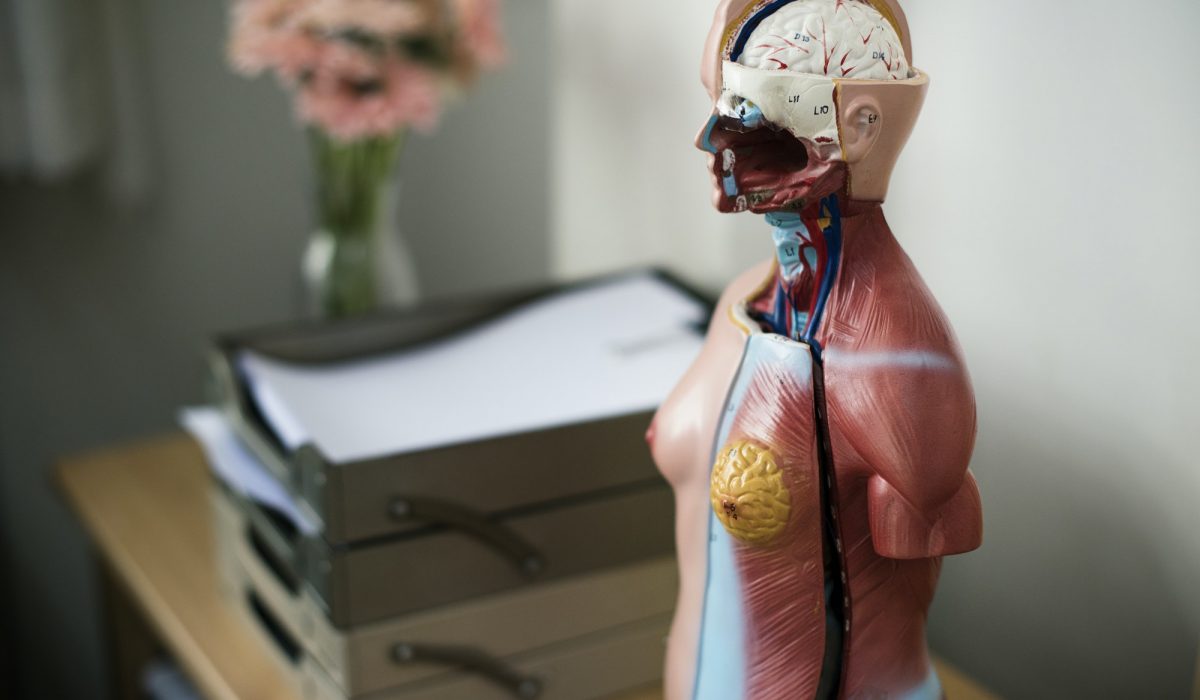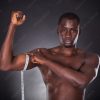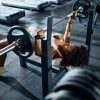Biomechanical structure of chest muscles
Chest muscles can be categorised into two categories, namely:
- Muscles with insertion to the humurus
- Muscles without insertion to the humurus
MUSCLES WITH INSERTION TO THE HUMURUS


PECTORALIS MAJOR (anterior, superficial)
Origin:
clavicle (clavicular head: arising from the anterior surface of the sternal half); ribs and sternal membrane (sternocostal head: arising from the rib-cartilage); rectus abdominis (abdominal head:
arising from the anterior lamina of the abdominal wall)
Insertion:
humerus (crest of the greater tubercle)
Main functions:
anteversion of the arm if extended (abduction); adduction and medial rotation. The sternocostal and abdominal parts of the muscle lower and raise the shoulder. It also plays an ancillary
role in breathing (arms still).
SUBSCAPULARIS (anterior, deep)
Origin:
scapula (subscapular fossa)
Insertion:
humerus (lesser tubercle and the proximal part of the crest)
Main functions:
medial rotation of the arm
CORACOBRACHIALIS (anterior, deep)
Origin:
scapula (coracoid process)
Insertion:
humerus (medial area, prolongation of the crest of the lesser tubercle)
Main functions:
anteversion of the arm and to hold the head of the humerus in the joint. It also acts in adduction depending on the starting position
Notes:
The pectoralis major is one of the most striking muscles in the human body, and it can often be overtrained compared to other muscles. This can lead to a kyphotic posture (i.e., outward curvature of the spinal column in the thoracic region, causing a rounded back).
This can be easily prevented by training the whole body harmoniously and regularly stretching. It is not normally necessary to specifically work out the lower part of the pectoral muscle, which can be “trimmed” by dieting.
MUSCLES WITHOUT INSERTION TO THE HUMURUS
PECTORALIS MINOR (anterior, deep)
Origin:
ribs (3rd to 5th)
Insertion:
scapula (coracoid process)
Main functions:
rotation and lowering of the scapula
SERRATUS ANTERIOR (anterior, deep)
Origin:
ribs (generally the first 9)
Insertion:
scapula (medial margin, from the upper to the lower angle).
Main functions:
anteversion of the arm, thoracic stabilization of the scapula; downward and lateral rotation (lower part), upward rotation (upper part); secondary elevation of the ribs (ancillary function in breathing)
Notes:
The serratus can be trained using compound movements of the chest muscles, but this book has exercises specifically for this muscle. If you have problems with your serratus, you’ll experience difficulties in abduction above 90 degrees to the body and known as “winged scapula” (displacement of the bone). Additionally, winged scapula can occur with problems with the rhomboid muscles, but it doesn’t pose any difficulty when raising and extending your arms.
Many muscle training enthusiasts focus on the anterior muscles of the trunk, which are fewer in number than back muscles, but this is not always a wise strategy. A smart athlete will never ignore any part of their body and will certainly train with an even distribution across their entire body.




